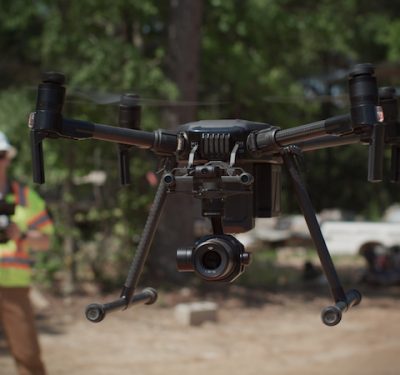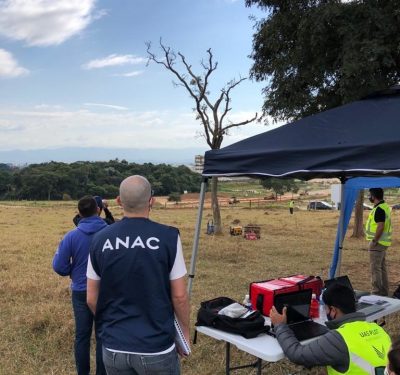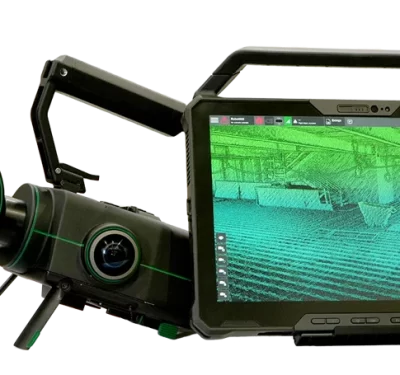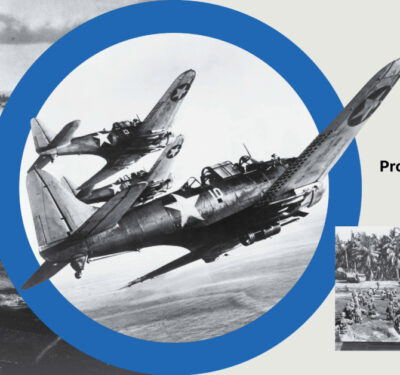Merlin Labs and MIT Lincoln Laboratory are partnering to integrate an autonomous pilot with Airborne Collision Avoidance System (ACAS) Xu, optimized for UAS.
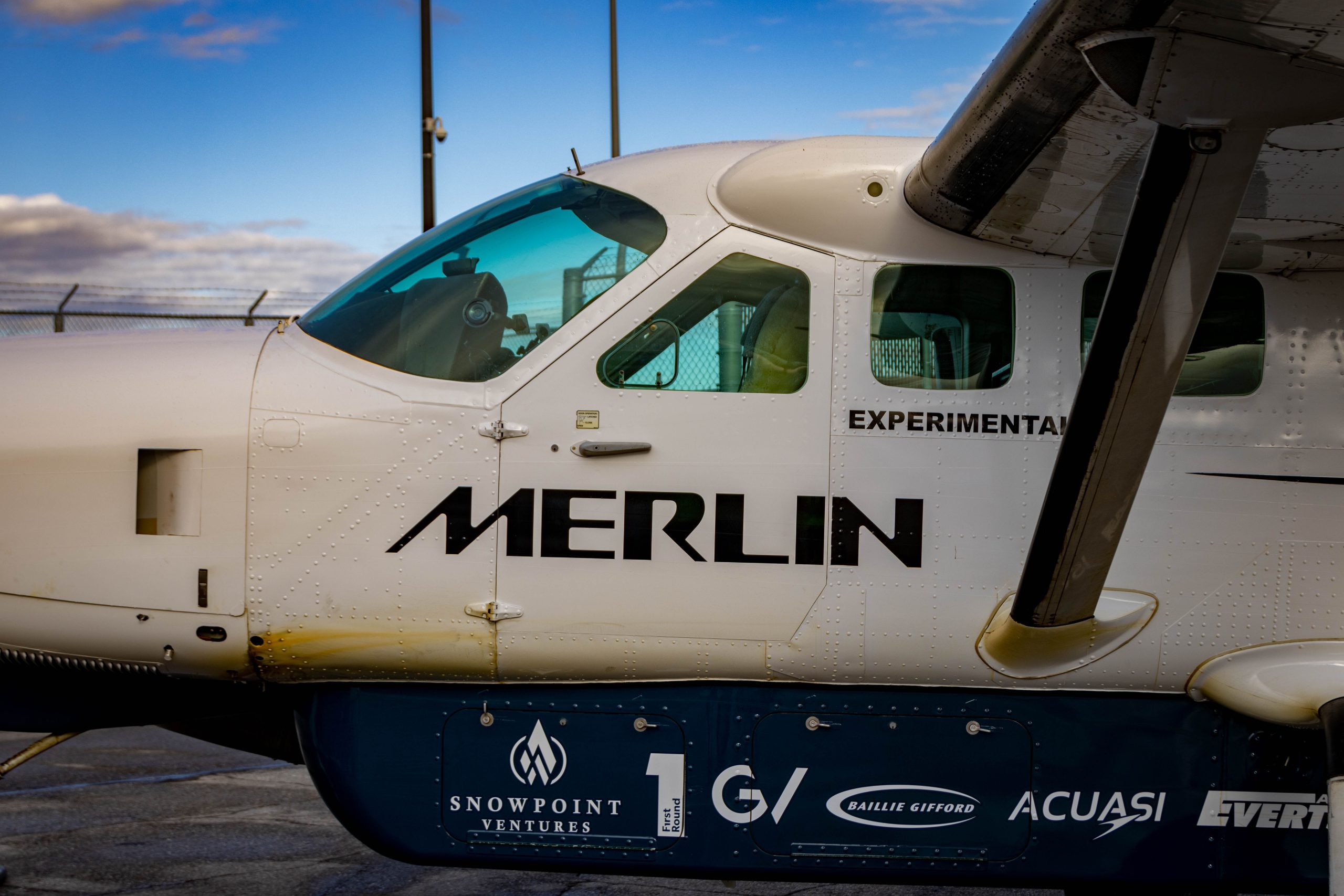
In Spring 2024, Merlin Labs announced a partnership with MIT Lincoln Laboratory (LL) to integrate the Airborne Collision Avoidance System (ACAS) Xu with the Merlin Pilot. This collaboration in pairing autonomous flight with collision avoidance safety technology aims to establish a commercial application of MIT LL’s FAA-funded ACAS Xu research. The integration develops the digital infrastructure for UAS to cooperatively share airspace with conventional aircraft beyond visual line of sight.
ACAS X and ACAS Xu
To help maintain the safety of commercial and military aircraft, MIT LL has developed the Airborne Collision Avoidance System X (ACAS X), an onboard flight safety system that is designed to eventually replace the current Traffic Alert and Collision Avoidance System (TCAS) II. Funded by the FAA, MIT LL’s ACAS X system is an onboard next-generation airborne collision avoidance system.
ACAS X is fully compatible with the new airspace procedures and technologies of the FAA’s Next-Generation Air Transportation System, which aims to enable smooth traffic management in the airspace using advanced surveillance and navigation technologies. In a manned aircraft paradigm, ACAS X detects nearby aircraft by receiving sensor measurements from onboard surveillance systems and estimates the relative position and speed of these aircraft by using tracking algorithms. The system then weighs the costs of all possible actions the pilot can take and decides on a single best action. If a collision avoidance alert is necessary, ACAS X sends this information directly to the pilot via the flight deck displays.
ACAS Xu is a version of this system that is specially tailored for use on unmanned aircraft. In late 2020, the Radio Technical Commission for Aeronautics (RTCA) published the standards documents “DO-386 Minimum Operational Performance Standards (MOPS) for Airborne Collision Avoidance System Xu (ACAS Xu).” A NASA paper describes ACAS Xu as “designed for UAS and allows for new surveillance technologies and tailored logic for platforms with different performance characteristics. In addition to collision avoidance alerting and guidance, ACAS Xu is being tuned to provide RWC (remain well clear) alerting and guidance in compliance with the SC 228 DAA MOPS. With a single logic performing both RWC and CA functions, ACAS Xu will provide industry with an integrated detect and avoid (DAA) solution that addresses many of the interoperability shortcomings of Phase I systems.”
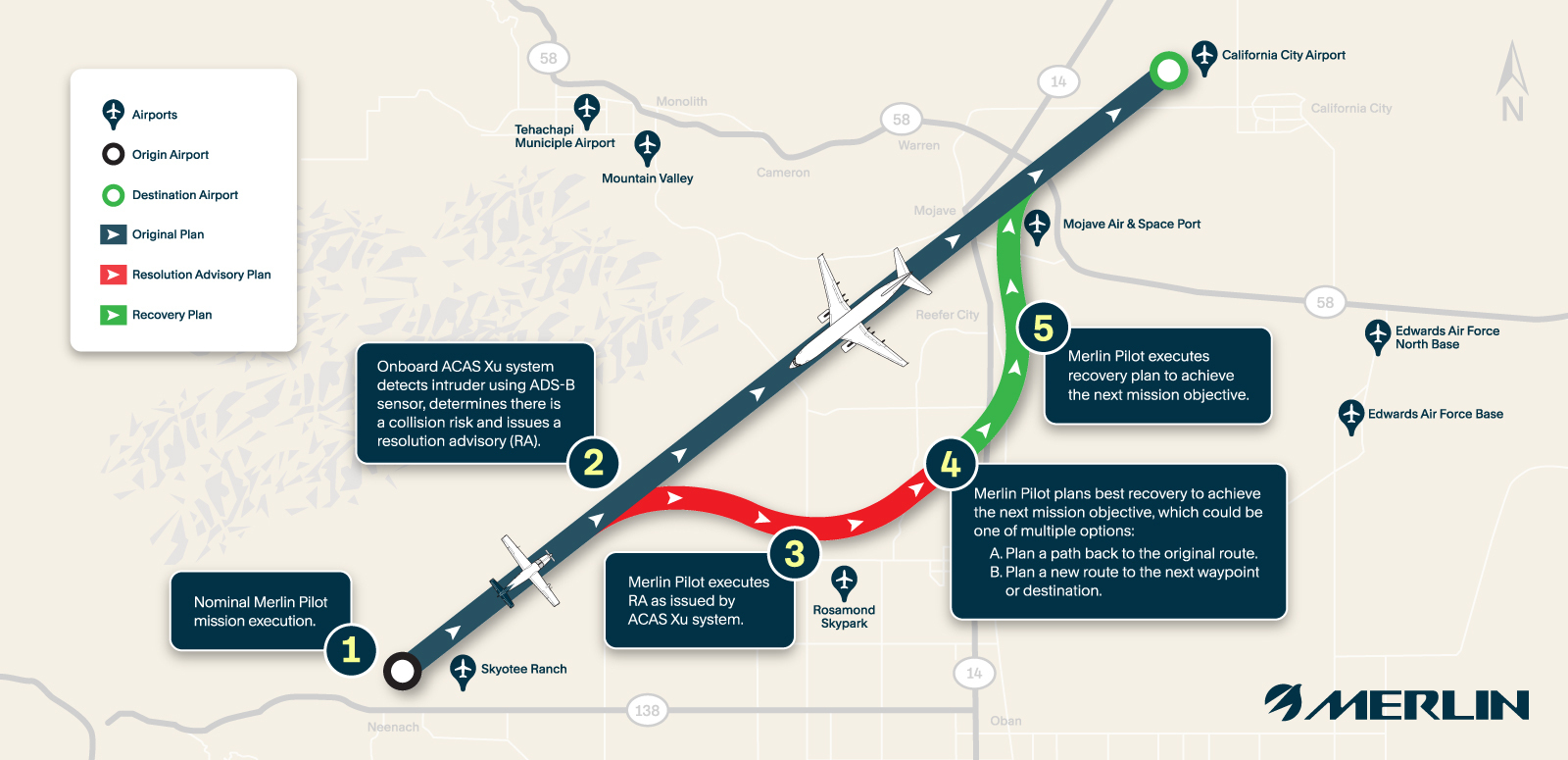
Merlin Pilot Autonomy
The goal in building the Merlin Pilot is to enable autonomous piloting of aircraft. The first step on the Merlin roadmap is to fly a Cessna Caravan from takeoff to touchdown, assisting and augmenting an onboard human pilot. This first version of the Merlin Pilot will have the capability to interact with Air Traffic Control (ATC) over the radio, using Natural Language Processing (NLP) software to understand and respond to ATC. As Merlin works toward this first version, also under development is a new software solution to support a next set of piloting skills to reduce the human pilot workload during flight, reducing the cognitive burden so the human pilot can fly more safely and effectively.
The partnership to bring together the Merlin Pilot and ACAS Xu focuses on integrating the ACAS Xu software and algorithm standards (RTCA DO-386) into the Merlin Pilot. This will set the stage for exploring further commercial adoption of ACAS Xu on unmanned aircraft systems. Merlin’s aspiration with a successful integration is to deliver advanced automated collision avoidance measures that surpass the standards of the National Airspace System, setting new benchmarks for aviation safety.
“Integrating the next-generation ACAS Xu system with the Merlin Pilot is a pivotal step toward enhancing aviation safety and advancing automation capabilities,” Merlin CTO Alex Naiman said. “Our commitment to delivering cutting-edge technology aligns with our vision of a safer and more efficient aviation ecosystem.”
MIT LL emphasized the critical role of advanced collision avoidance systems in enhancing aviation safety. “Our collaboration with Merlin underscores our shared dedication to improving aviation safety and exploring the commercial viability of next-generation technologies,” said Wesley Olson, leader, Surveillance Systems Group, MIT Lincoln Laboratory. “Together, we are paving the way for safer skies and a more interconnected airspace system.”
Bringing together MIT LL’s advanced technology development capabilities with Merlin’s autonomous pilot platform has the potential to deliver autonomous piloting that seamlessly communicates with air ATC and the DAA platform.
Q: How does the integration of ACAS Xu with the Merlin Pilot enhance the operational capabilities of UAS compared to existing collision avoidance systems?
A: The partnership between Merlin and MIT LL centers on exploring the commercial adoption of ACAS Xu on unmanned aircraft systems (UAS), with a focus on integrating the ACAS Xu software standard (RTCA DO-386) into the Merlin Pilot. This integration will empower Merlin to deliver advanced automated collision avoidance measures that surpass the standards of the National Airspace System, setting new benchmarks for aviation safety.
Q: What specific advancements does ACAS Xu bring to aviation safety, particularly in the context of the National Airspace System?
A: The ACAS X system helps aircraft to better understand their surroundings and avoid collisions. The ACAS Xu version of the system is tailored for unmanned aircraft systems and is fully compatible with the new airspace procedures and technologies of the FAA’s next generation air transportation system.
Q: How does the integration of ACAS Xu with the Merlin Pilot improve decision-making processes for collision avoidance?
A: Innovative and progressive technologies like Merlin’s enable MIT LL to explore the commercial viability of ACAS Xu as well as improve the ways in which aircraft relate to their environments today and in the future.
Q: Could you share details on the development and testing phases of the ACAS Xu integration with Merlin Pilot?
A: The initial project scope is 6 months to get ACAS Xu integrated and flying in our simulation test environment. Flight testing and evaluation will take place later. Initial flight testing will be with an experimental version of the Merlin Pilot that we use for continuous learning on our research and development team.
Q: How does this partnership align with Merlin Labs’ long-term goals for enhancing UAS capabilities and aviation safety?
A: Collision avoidance decision making systems are accepted by the FAA, and their outputs are critical to helping pilots and unmanned aircraft safely maneuver in the shared airspace. Integrating a next generation system like ACAS Xu with the Merlin Pilot enhances the safety of our system, while supporting the development of advanced automation capabilities to spur an autonomous future.
Q: What are the next major milestones for this partnership, and what can the industry expect in the coming months?
A: Following Merlin’s stepwise development process, we will be testing first in our simulation environment, then on our R&D test airplane.
Q: Can you share any preliminary results or success stories from the initial phases of this integration?
A: Through a closely collaborative effort with LL, the system architecture design and integration plan for the interface between ACAS Xu and the Merlin Pilot has been successfully outlined. An initial version of the Xu software has been run on Merlin’s development environment and is currently being integrated with the simulated aircraft environment. Meanwhile, individual software components are continuously being developed and tested, with hardware integration tests on the near horizon.
Q: How do you anticipate this integration will influence regulatory standards and industry best practices for UAS?
A: DO-386 was published in 2020 but adoption into commercial systems has been slow. This integration seeks to accelerate adoption by working with the experts at LL who developed it on a commercial application.
Q: In what ways can this partnership serve as a model for future collaborations between private companies and research institutions?
A: Transitioning novel technologies from research to commercialization is always difficult due to the risks that must be taken to try something new. Startups like Merlin thrive on moving quickly to understand and burn down those risks. A Cooperative Research and Development Agreement (CRADA) like this one is a great vehicle for a quick and reasonable cost way to combine research expertise from MIT/LL with nimble engineering and product-focused commercialization efforts at a company like Merlin.
Q: How do you plan to educate industry stakeholders about the benefits and safety improvements brought by this technology?
A: The integration of any new technology into the existing air transportation system requires buy-in from a range of stakeholders. We are not only engaged with the FAA to determine the path to certification, but also meet with industry stakeholders regularly including airlines, providers of air traffic services, labor organizations, etc. to determine how this new technology can be safely integrated into the existing air transportation system.
Q: What initiatives are in place to build trust and increase adoption with the broader aviation community regarding the implementation of ACAS Xu?
A: We are voluntarily implementing a Safety Management System (SMS), which is a proactive approach to managing operational risks. A resulting benefit is that SMS is a data-driven approach that leverages information collected from the aircraft as well as Merlin’s personnel involved in the operation. Our intention is to create connections, or interfaces, between the Merlin SMS and those of other stakeholders impacted by the new technologies being developed.


